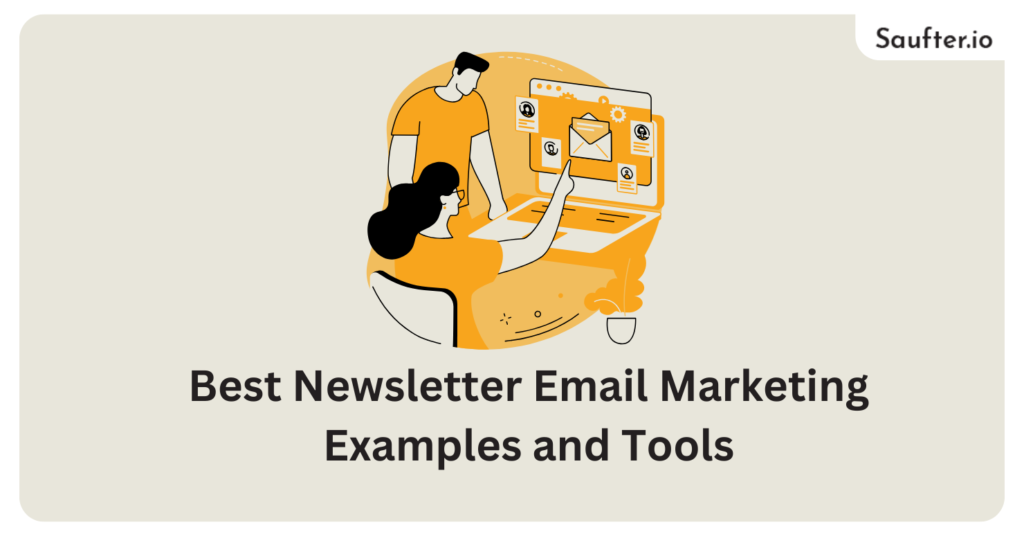Last Updated: January 2026
In today’s digital landscape, newsletter email marketing has become an essential strategy for businesses, influencers, and content creators. As part of their content marketing strategy, 77% of B2B companies utilize an email marketing newsletter, and 79% of B2B marketers consider email to be the most effective channel for distributing content.
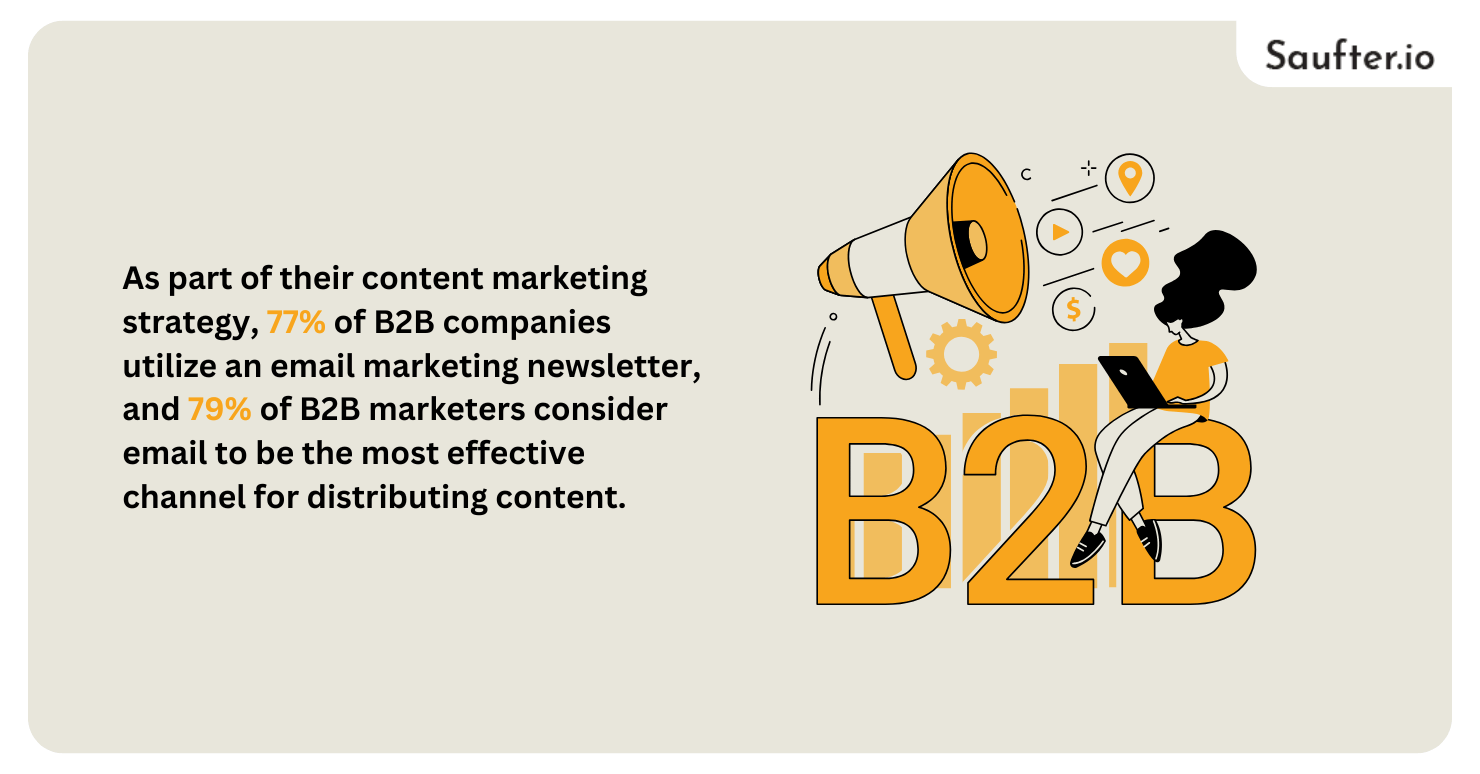
This vast audience makes newsletter email marketing a powerful tool for brand awareness, lead nurturing, and customer engagement. But what makes a newsletter effective? And which tools can help you create stunning, high-converting emails?
Explore the best newsletter email marketing examples and tools to elevate your campaigns.
Why Newsletter Email Marketing Matters
Email marketing remains one of the most effective digital marketing channels, delivering an impressive return on investment (ROI). Unlike social media algorithms that limit organic reach, newsletter email marketing allows you to communicate directly with your audience. It helps build trust, nurture leads, and drive conversions without relying on paid ads.
Inspiring Newsletter Email Marketing Examples
To craft compelling newsletters, it’s essential to study some successful examples. Here are eight brands that excel at newsletter email marketing:
1. Morning Brew – Engaging and Informative

Morning Brew is a prime example of a well-structured newsletter. They use a casual yet informative tone, breaking down complex financial news into bite-sized, digestible content. Their newsletters are:
- Short and engaging
- Filled with visuals and infographics
- Consistently delivered at the same time every day
2. Airbnb – Personalized Recommendations

Airbnb’s newsletters are highly personalized, based on user browsing history and preferences. They effectively use:
- User-generated content
- Personalized travel recommendations
- Attractive visuals and call-to-action buttons
3. The Skimm – Conversational and Relatable
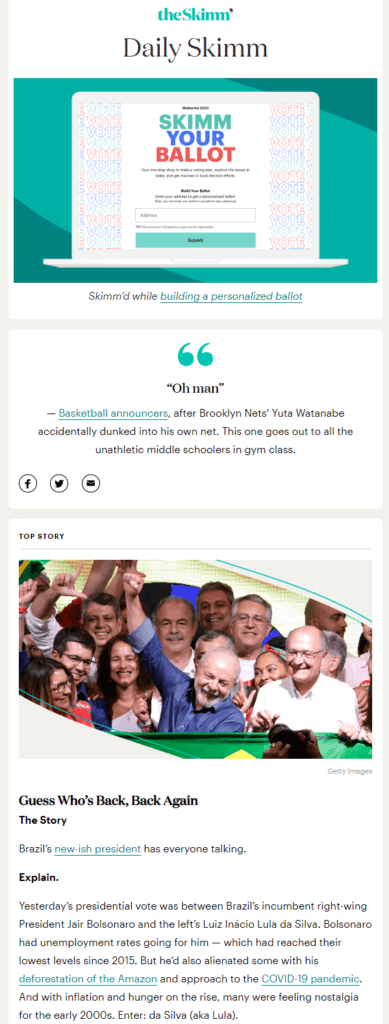
The Skimm’s newsletters stand out for their conversational tone and easy-to-digest content. They excel at:
- Storytelling with a relatable voice
- Highlighting important news in a fun way
- Encouraging community engagement
4. Netflix – Personalized and Engaging
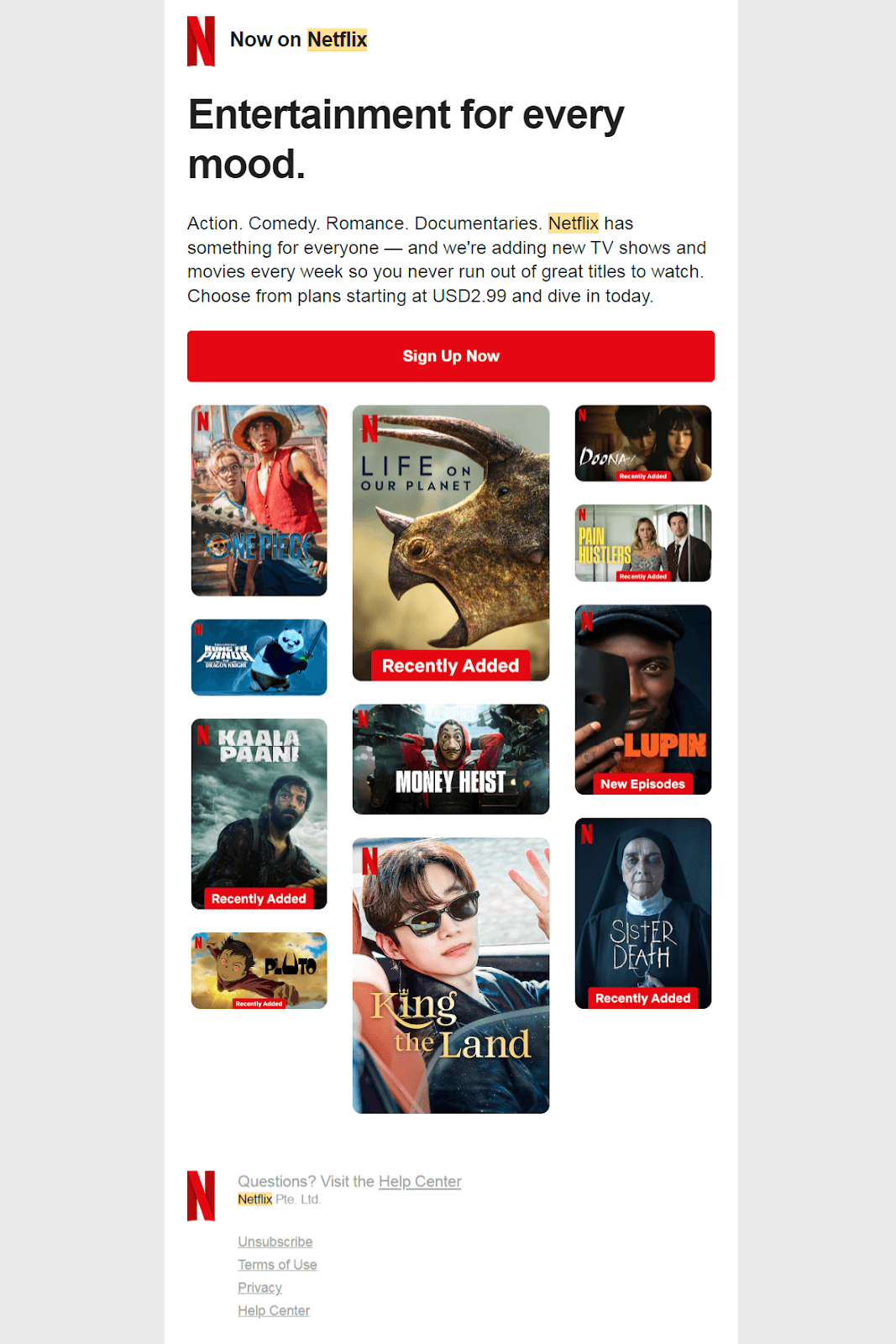
Source
Netflix sends engaging newsletters tailored to individual user preferences. Their approach includes:
- Personalized content recommendations based on viewing history
- Highlights of trending shows and upcoming releases
- Interactive and visually appealing email designs
5. Apple – Premium and Curated Content
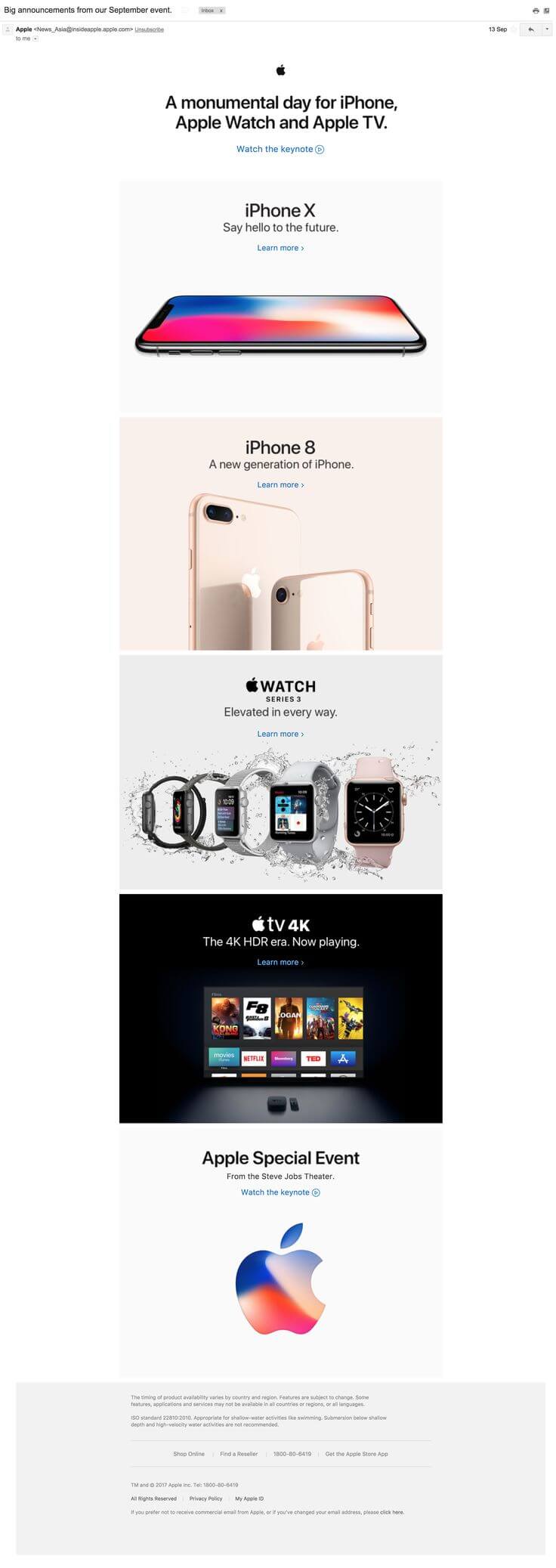
Apple delivers highly curated content based on user interests. Their newsletters feature:
- A clean and visually appealing layout
- Recommendations for personalized reading
- A mix of gadgets, entertainment, and specifications.
6. Calendly – Productivity and Scheduling Insights
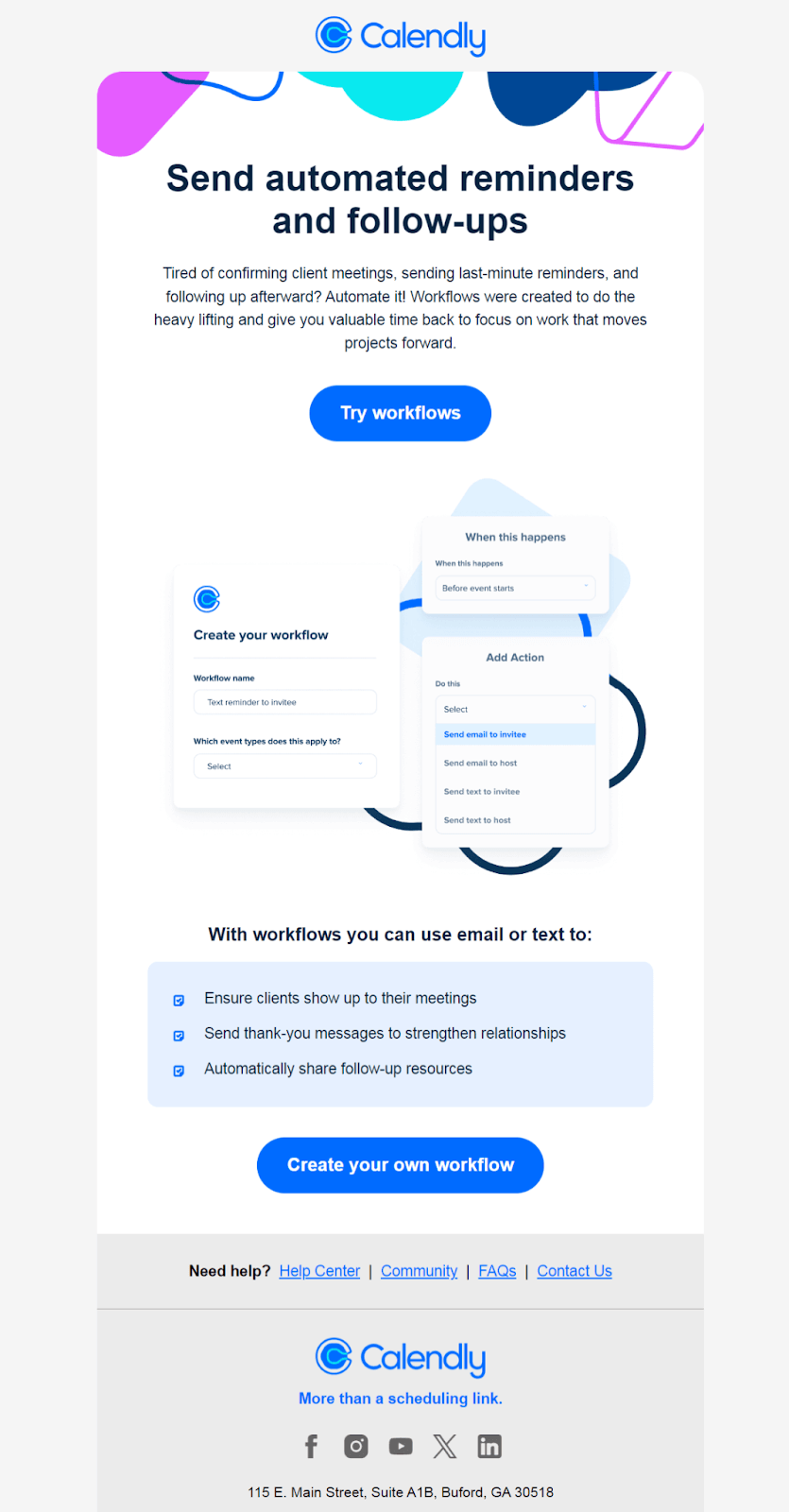
Source
Calendly’s newsletters focus on helping users optimize their scheduling and time management. Their approach includes:
- Productivity tips and best practices for efficient scheduling
- Feature updates and new integrations to enhance user experience
- Real-life use cases showcasing how businesses leverage Calendly effectively
7. Shopify – E-commerce Insights

Shopify’s newsletters focus on providing value to e-commerce business owners. Their content includes:
- Latest industry trends
- Business growth tips and case studies
- Product updates and marketing strategies
8. Grammarly – Engaging and Educational

Grammarly’s newsletters are designed to educate users on improving their writing. They include:
- Weekly writing tips and grammar lessons
- Personalized engagement based on user activity
- A fun and friendly tone to keep readers interested
Best Tools for Newsletter Email Marketing
Having the right tools can make a huge difference in your email marketing success. Below are some top email marketing platforms designed to help you create, automate, and optimize your newsletters.
1. Saufter

Pricing:
Starts at $8/month
Saufter is an AI-powered customer engagement platform that automates and optimizes email marketing campaigns. It provides:
- AI-generated personalized email suggestions
- Automated user segmentation
- Multi-channel support (email, in-app messages, WhatsApp)
- Real-time behavioral tracking
2. Mailchimp

Pricing:
Free (Up to 500 contacts), Paid plans start at $13/month
Mailchimp is one of the most popular newsletter email marketing tools. It offers:
- Easy-to-use drag-and-drop editor
- Pre-designed templates
- Automation workflows
- Basic analytics and reporting
3. Brevo (Formerly Sendinblue)

Pricing:
Free (Up to 300 emails/day), Paid plans start at $25/month
Brevo offers robust automation features at an affordable price. It provides:
- Advanced segmentation and workflows
- SMS and chat integration
- A/B testing for better performance
- GDPR-compliant email marketing
4. ConvertKit

Pricing:
Free (Up to 1,000 subscribers), Paid plans start at $9/month
ConvertKit is tailored for content creators, making it an excellent choice for newsletter email marketing. Features include:
- Tag-based subscriber management
- Visual automation builder
- Landing page integration
- High deliverability rates
5. ActiveCampaign

Pricing:
Paid plans start at $39/month
If you want more customization and data-driven automation, ActiveCampaign is a powerful choice. It includes:
- Deep CRM integration
- AI-powered email personalization
- Predictive sending and analytics
- Dynamic content customization
Tips to Optimize Your Newsletter Email Marketing
Even with the best tools, you need to apply the right strategies to maximize your success. Here are some expert tips to enhance your newsletter email marketing efforts:
1. Craft a Compelling Subject Line
When the subject line is the first thing that a recipient sees, it is critical to whether the email will open or be ignored. To improve the open rate:
- Try to keep the subject line short and straightforward. Usually, 50 characters or less are the best.
- Let’s employ action-oriented language and the usage of words that could make recipients curious.
- One way to do this is to personalize with the recipient’s name or relevant topics that have been discussed in the past if the case is applicable.
- For instance, if you try out a survey that has different questions, you might also want to try out some emojis or put some urgency-driven factors such as Get fast… or Run out… to check what things your audience prefers the most.
2. Personalize Content
Personalization goes beyond using a recipient’s name. The more tailored your content, the better the engagement. To create highly personalized emails:
- Segment your email list based on user preferences, behavior, demographics, or purchase history.
- Use dynamic content to show different products, articles, or promotions based on user interests.
- Send personalized product recommendations, abandoned cart reminders, or birthday/anniversary emails.
- Analyze subscriber activity to refine personalization strategies over time.
3. Optimize for Mobile
With over 60% of emails being opened on mobile devices, having a mobile-friendly newsletter is essential. To optimize for mobile:
- Use a responsive email design that adapts to different screen sizes.
- Keep subject lines and preheader text short so they display correctly on mobile inboxes.
- Ensure buttons and links are large enough to be tapped easily on touchscreen devices.
- Use concise, scannable content with bullet points and short paragraphs for easy readability.
4. Include Clear CTAs (Call-to-Action)
Every newsletter should guide your audience toward a specific action. To create high-converting CTAs:
- Use action-oriented text like “Download Now,” “Shop the Sale,” or “Sign Up Today.”
- Make CTAs visually distinct with contrasting colors and strategic placement.
- Limit the number of CTAs to avoid overwhelming your readers (one primary CTA per email is ideal).
- Use urgency or exclusivity to encourage immediate action (e.g., “Limited Time Offer!”).
5. Test and Analyze Performance
Continuous testing and analysis help refine your newsletter email marketing strategy. To optimize performance:
- Conduct A/B testing on subject lines, email layouts, images, and CTAs to determine what works best.
- Monitor key metrics such as open rates, click-through rates (CTR), bounce rates, and conversion rates.
- Use heatmaps to track how recipients engage with different elements of your email.
- Adjust your content and design based on data-driven insights to enhance future campaigns.
6. Maintain Consistency
Consistency is key to building audience trust and keeping your brand top of mind. To establish a strong email presence:
- Stick to a regular sending schedule, whether it’s weekly, bi-weekly, or monthly.
- Ensure your tone, branding, and visuals align with your overall marketing strategy.
- Keep content relevant and engaging to maintain high subscriber retention.
- Regularly clean your email list to remove inactive subscribers and improve deliverability rates.
By implementing these best practices, you can improve engagement, drive more conversions, and build lasting relationships with your subscribers through effective newsletter email marketing.
Best Way to Send a Newsletter via Email

Sending a newsletter effectively requires a strategic approach to ensure high deliverability, engagement, and conversions. Here’s how to do it right:
1. Choose the Right Email Marketing Platform
A service like Saufter, Mailchimp, or ConvertKit can manage email marketing by automating email sequences, personalizing the content, and retrieving performance reports. Check for features like segmentation, A/B testing, and analytics.
2. Build a Quality Email List
A large subscriber list can lead to higher levels of interaction from the clients. Stay away from purchasing email lists, the reason being that it may cause an increase in bounce rates. On the contrary, the best way to take advantage of this is to grow your list through sign-up forms on a website, the use of free resources as attractors (lead magnets), and social media promotions.
3. Personalize and Segment Your Audience
Segmenting your audience according to what they demonstrate interest in, their demographics, and their previous behavior will help you deliver more targeted content. Appropriate Personalization can increase the open and click rates thus this ultimately makes the newsletters more successful.
4. Optimize for Deliverability
Make your email go around the spam filter by first using authenticated email domains (SPF, DKIM, DMARC) and secondly avoiding spam-triggering (certain) words. Besides, the other thing is to maintain a neat email list by getting rid of inactive subscribers every so often.
5. Analyze and Improve
Utilize the metrics to measure open and click rates and conversions. Carry out A/B testing of subject lines, content, and CTAs to achieve the optimal version of the next emails.
How to Write an Email Newsletter
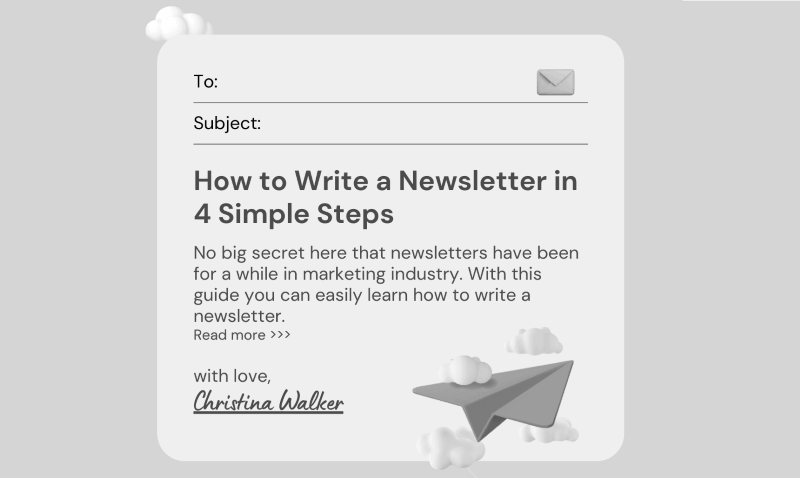
A well-crafted email newsletter keeps your audience engaged and drives action. Here’s how to write one effectively:
1. Craft a Compelling Subject Line
Your email newsletter subject line determines whether your email gets opened. Keep it under 50 characters, use action-oriented words, and create curiosity without being misleading.
2. Write a Captivating Introduction
The opening lines should grab attention immediately. Use a relatable story, a thought-provoking question, or a bold statement to hook the reader.
3. Use an Effective Newsletter Email Template Design
A well-structured newsletter email template design ensures readability and engagement. Choose a template that aligns with your brand, features a clean layout, and makes content easy to scan.
- Use headers, subheadings, and whitespace to break up text.
- Incorporate visually appealing elements like images, GIFs, and dividers.
- Ensure that your newsletter email template design is mobile-responsive and looks great on different devices.
4. Provide Value in the Content
Your newsletter should be informative, entertaining, or educational. Avoid excessive self-promotion—focus on solving problems, sharing insights, or offering exclusive content.
5. Include a Clear Call-to-Action (CTA)
Encourage readers to take the next step—whether it’s reading a blog post, signing up for a webinar, or making a purchase. Use clear, actionable language like “Download Now” or “Learn More.”
6. Optimize for Mobile
Since most emails are opened on mobile, ensure your newsletter email template design is responsive, fonts are readable, and buttons are easy to tap.
7. Proofread and Test
Before sending, check for typos, broken links, and formatting issues. Send test emails to ensure proper display across different devices and email clients.
By following these best practices and using a strong newsletter email template design, you can create compelling newsletters that engage your audience and drive conversions.
Conclusion
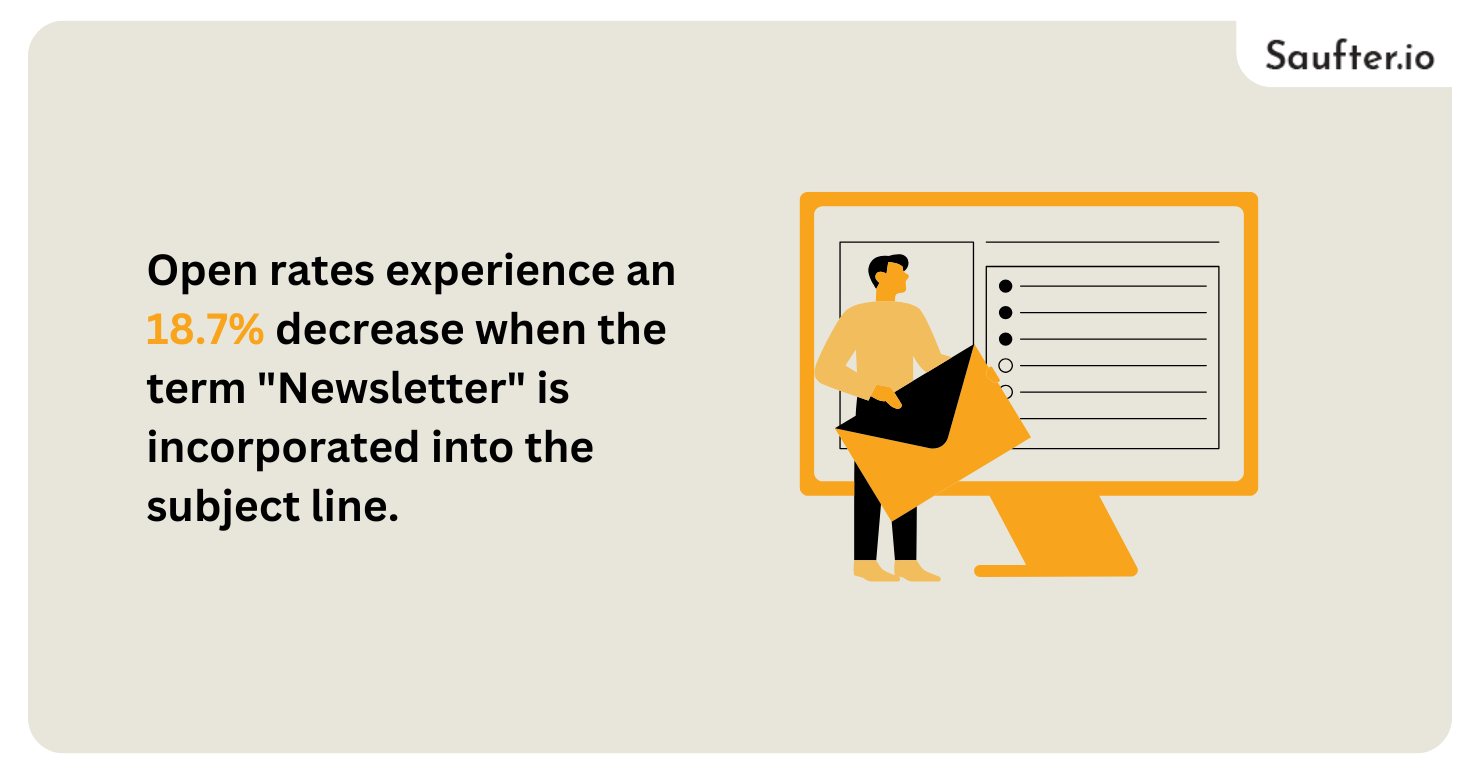
Mastering newsletter email marketing requires a combination of creativity, strategy, and the right tools. You can create engaging newsletters that captivate your audience and drive business growth by learning from successful examples and leveraging powerful email marketing platforms.
Open rates experience an 18.7% decrease when the term “Newsletter” is incorporated into the subject line. Whether you’re a startup, an influencer, or a large enterprise, implementing these best practices will help you make the most of your email marketing efforts.
So, which tool will you use to enhance your newsletter email marketing strategy? Let us know in the comments!
